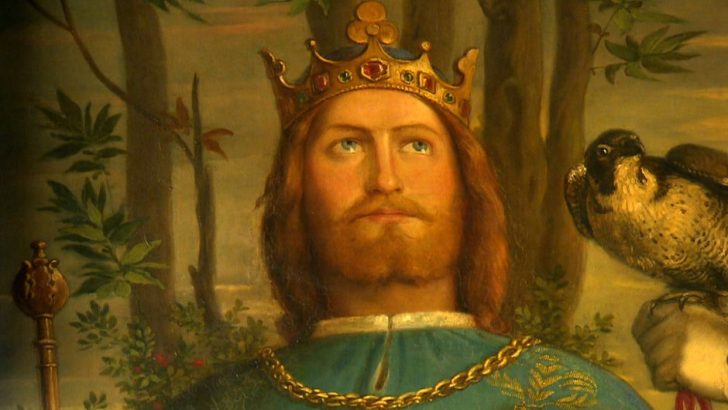Mainly About Books
by the books editor
Recently we reviewed Elizabeth Mac Donald’s novel A Matter of Interpretation about Michael Scot and his lifelong interaction with the Holy Roman Emperor, Frederick II of Hohenstaufen (1195-1250), the Norman who ruled Sicily and Southern Italy, and was one of the leading figures in the political and cultural power struggles between the Papacy and the rising nation states of Europe.
At the launch in Dublin I discussed with the author her presentation of the Emperor who was very effective in his role as a man and a leader, especially in his conflicts with the Pope. Yet this it seemed to me was only a partial image of a great man.
Nor indeed does David Abulafia in his recent biography give a fully rounded picture of the Emperor. He plays down and makes light of the importance of Arab culture at the Emperor’s court in Sicily. This too was not my view of the man.
What both the novelist and the historian in their strong treatments of the Emperor neglected to make clear was that Frederick was also a true man of science, his investigations being centuries ahead of his time.
Modern sense
In his spare time – though what spare time a medieval ruler could have had in the modern sense is hard to imagine – he loved hunting, particularly falconry. Over many years he carefully studied the birds that were maintained in his mews. Eventually he wrote and had illustrated an epochal work, The Art of Hunting with Birds.
Whatever about a research expedition to Ireland, this is a good example of the detailed investigating work from his own observation or those of his agents that went into Frederick’s great book”
This book was first written in Latin about 1241, and was first published in two volumes by his son Manfred. The illustrated original is in the Vatican. Next it was published in French in 1300 in six volumes.
This six-volume version was translated into English and combined into one book in 1931 by Dr Casey Albert Wood and F. Marjorie Fyfe. Dr Wood’s interest arose from his researches as an ophthalmologist specializing in the eyes of birds.
The Emperor, however, was a part of the Norman diaspora across Europe, from Ireland to the shores of the Ottoman Empire. The Art of Hunting with Birds reveals an interesting Irish connection.
One of the topics discussed by Frederick is the legend of the origins of the Barnacle Goose. In the 1180s, Gerald de Barri’s account of Ireland (which he wrote from the observations he made while living at the time of the Norman invasion) introduced to the world the idea that some kinds of geese were not hatched from eggs, but were generated from a plant found along the western shores. Some species of geese never nested in Ireland, and the legend arose that they actually developed from the feathery integuments of the creature found inside barnacles shells.
I have given an account of this legend in my book The Magic Zoo (1979), on the natural history of imaginary animals.
Gerald read his account of Ireland at Oxford in 1187 and in a few years manuscripts of it were circulating all over Europe, especially in Norman kingdoms.
Frederick discusses the legend, but was sceptical about it. He tells us that he sent his own agents to the north to investigate on the spot. I once imagined that this meant that some of Sicilians were dispatched to the wild and distant shores of Mayo. But, ‘on more mature consideration’, I suspect that Gerald saw the phenomena he describes in the slobs lands of Wexford, a well-known haunt of myriads of geese to this day.
Whatever about a research expedition to Ireland, this is a good example of the detailed investigating work from his own observation or those of his agents that went into Frederick’s great book.
I discussed with the author her presentation of the Emperor who was very effective in his role as a man and a leader, especially in his conflicts with the Pope”
But this way of proceeding was quite contrary to medieval academic minds which, influenced by the idea of classical and scriptural authority, sought to support their views from ancient texts. This was not for Frederick.
He observed and thought for himself. In this he is one of the earliest examples of a revival of the sort of thing we find almost uniquely in the biological writings of Aristotle, which didn’t revive again until the 17th Century and the emergence of the modern scientist.


 Peter Costello
Peter Costello Frederick II, Holy Roman Emperor
Frederick II, Holy Roman Emperor 